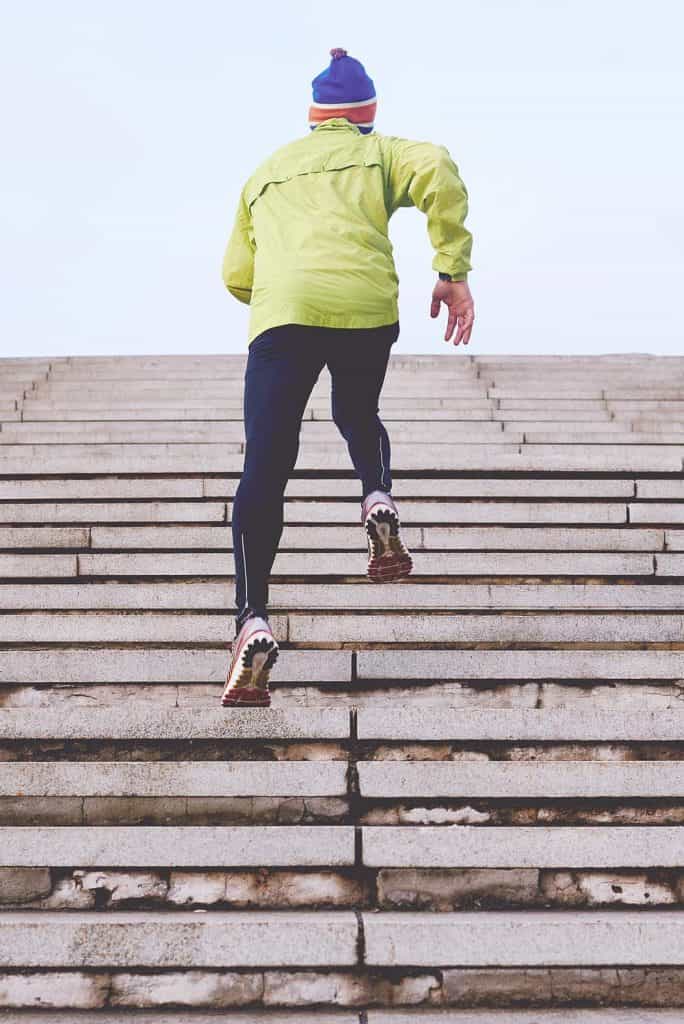
We are all individual and unique, and the same can be said for the way we run. This can be as a result of genetic factors, footwear, available surfaces to run on (grass, concrete, treadmill) and current or previous injuries. When we run, these factors can predispose both good and poor running patterns, possibly resulting in injury. Typically, the main causes of running injuries we see in the clinic are poor biomechanics resulting in overloading some areas of the body while underloading others, acute overload (running too much compared to what your body is used to) or lack of additional resistance or strength training. If you have just started running or are experiencing aches and pains when running, here are some simple tips to reduce risk of injury/overload:
- Always warm up / cool down with a gentle jog – you should be able to have a conversation without experiencing any breathlessness
- Allow 24-48 hours between runs to allow your body enough time to rest
- Schedule runs during the least hottest part of the day or where there is the most shade
- Build up distance slowly (increase total distance of running per week ~10%/week)
- LISTEN TO PAIN! This is a sign somewhere in your body is not coping.
It can be very difficult to self assess your running technique and determine if your running style could cause aches and pains down the track. A physiotherapist’s analysis of your running technique not only provides the opportunity to assess your running technique to enhance efficiency and reduce injury risk, but also identify cause/s of your injury or pain if you do sustain one prior to seeing us. Assessment of your running focuses on particular biomechanics such as:
- Foot contact: heel, mid or forefoot strike
- Knee position: valgus or varus aka. knock knees or bow legged
- Cadence: steps/minute
- Pelvic control: hips swinging/instability or rotation of the hip
- Footwear: arch supporting
- Ankle/foot position: flat foot
- Achilles tendinopathy
- Plantar fasciitis
- Tibial stress syndrome (shin splints)
- Patellofemoral syndrome/pain
- Iliotibial band (ITB) syndrome
- Piriformis syndrome

If you are experiencing any symptoms such as immediate strong ache or sharp stabbing pain when you start running, throbbing pain in your legs, pain worsening with every run, persisting pain in your hips, knees or feet during or after your run – this is not normal, but that is okay! Sports Medicine Australia estimates that 70% of recreational or competitive runners sustain overuse injuries within a 12 month period.
If you are experiencing any pain which is impairing your ability to run at your best, please book online or get in touch with us to let a Physiotherapist get you back running pain free!
This blog was written by Luke Mrowka from the Burnside Physio practice.
References
Buist I, Bredeweg SW, Bessem B, van MW, Lemmink KA, et al. (2010) Incidence and risk factors of running-related injuries during preparation for a 4-mile recreational running event. Br J Sports Med 44: 598–604.
Meeuwisse WH (1994) Assessing causation in sport injury: A multifactorial model. Clin J Sport Med 4: 66.
Meeuwisse WH, Tyreman H, Hagel B, Emery C (2007) A dynamic model of etiology in sport injury: The recursive nature of risk and causation. Clin J Sport Med 17: 215–219.
Videbaek, S., Bueno, A. M., Nielsen, R. O., & Rasmussen, S. (2015). Incidence of Running-Related Injuries Per 1000 h of running in Different Types of Runners: A Systematic Review and Meta-Analysis. Sports Medicine,
45(7), 1017-1026.
